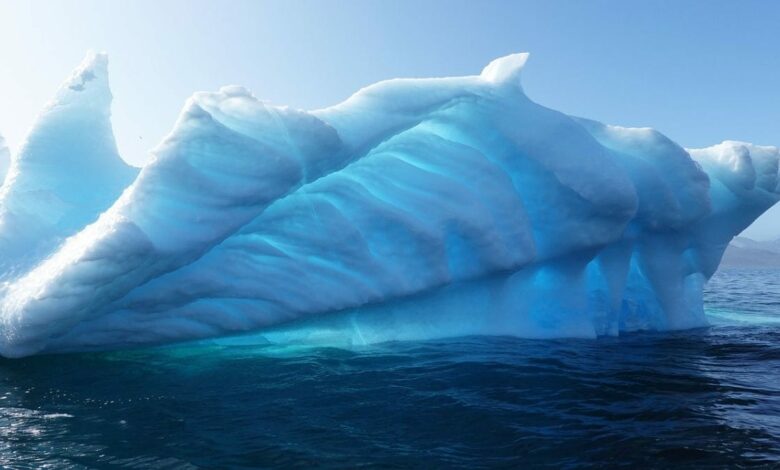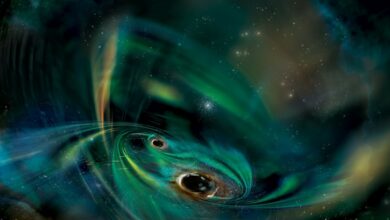Fossils reveal Greenland was once an ice-free tundra

New research reveals that Greenland was almost completely ice-free at some point in the last million years, challenging previous beliefs about ancient ice cover. Fossil flowers and other plant material were discovered in a core sample taken from the island’s center, providing the first direct evidence that Greenland’s ice sheet had melted significantly, creating a tundra ecosystem.
The research, published in the journal PNAS, was led by Paul Bierman, a geologist at the University of Vermont. The research team reexamined an ice core recovered in 1993 and discovered fossils including willow, fungus and insect remains. One of the most striking finds was an Arctic poppy seed, immaculately preserved. These discoveries suggest that the region was once a thriving tundra environment, a stark contrast to its current icy state.
Greenland thrived millions of years ago with a thriving tundra environment
A crucial piece of evidence came of a specimen of rock spike moss (Selaginella rupestris), a plant that grows only in sandy and rocky places far from the ice. This find, along with others, suggests that Greenland’s ice sheet was not as permanent as once thought. Previous studies have suggested that parts of Greenland were ice-free in the past, but this new evidence extends that notion to the island’s center.
The implications of this discovery are very significant. If Greenland was ice-free at lower levels of atmospheric carbon dioxide than now, it raises concerns about the future of the island. With current CO2 levels, there is a chance that Greenland will lose its ice again, leading to dramatic sea level rise.
While the process of losing the ice could take decades or even centuries, the study highlights that Greenland’s ice sheet has melted before and could do so again. This insight adds urgency to the ongoing debate over climate change and its potential impact on global sea levels. The research offers a sobering reminder of the planet’s changing climate and the delicate balance of its ecosystems.




